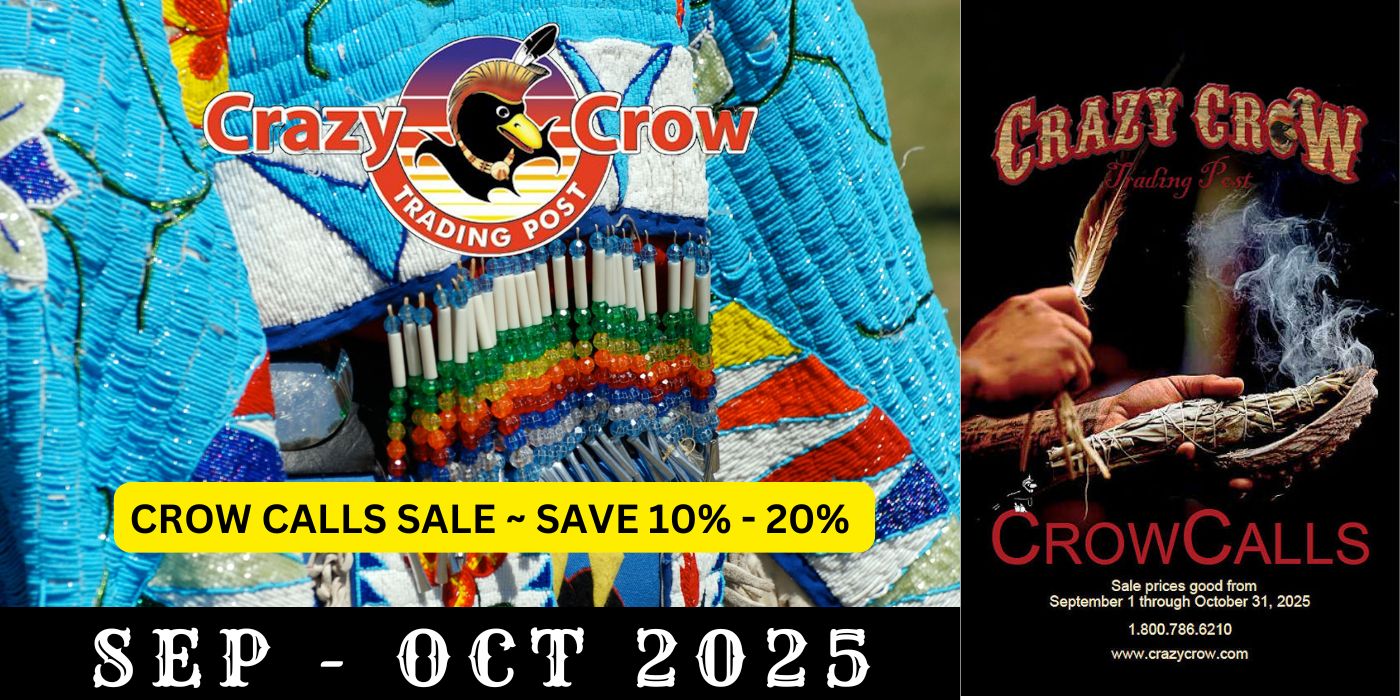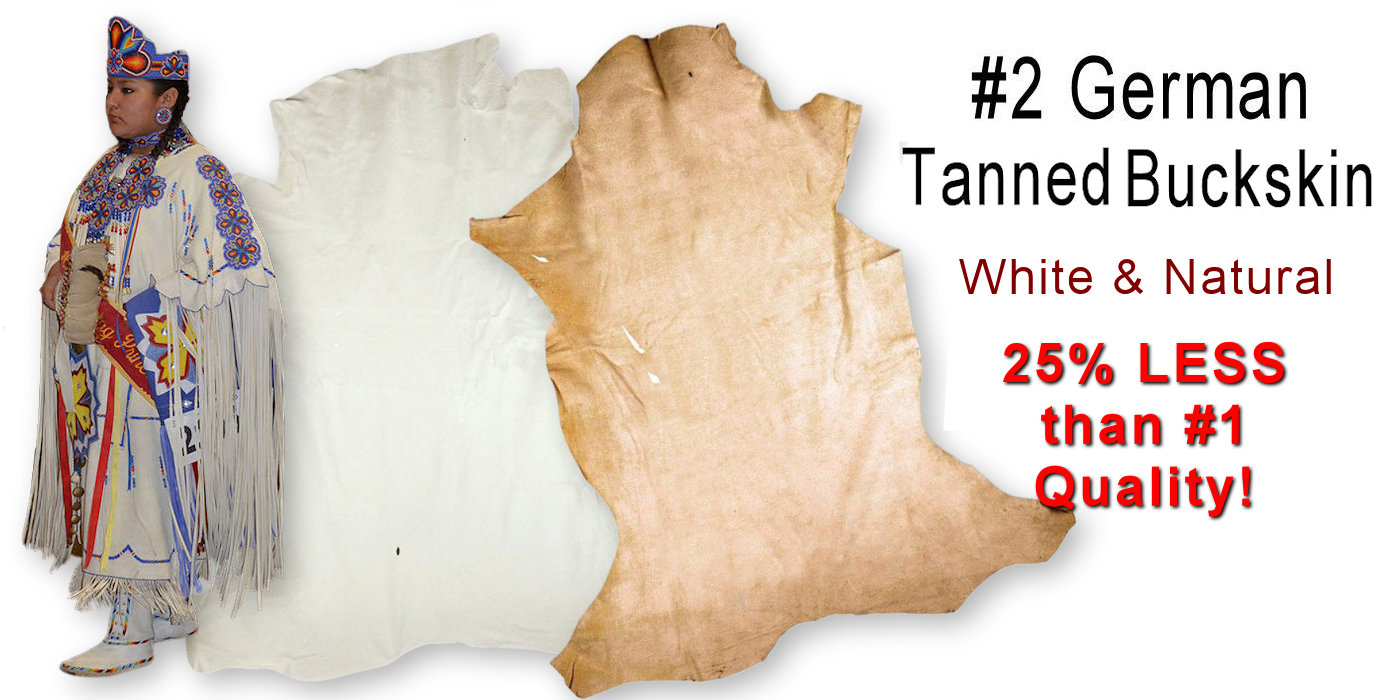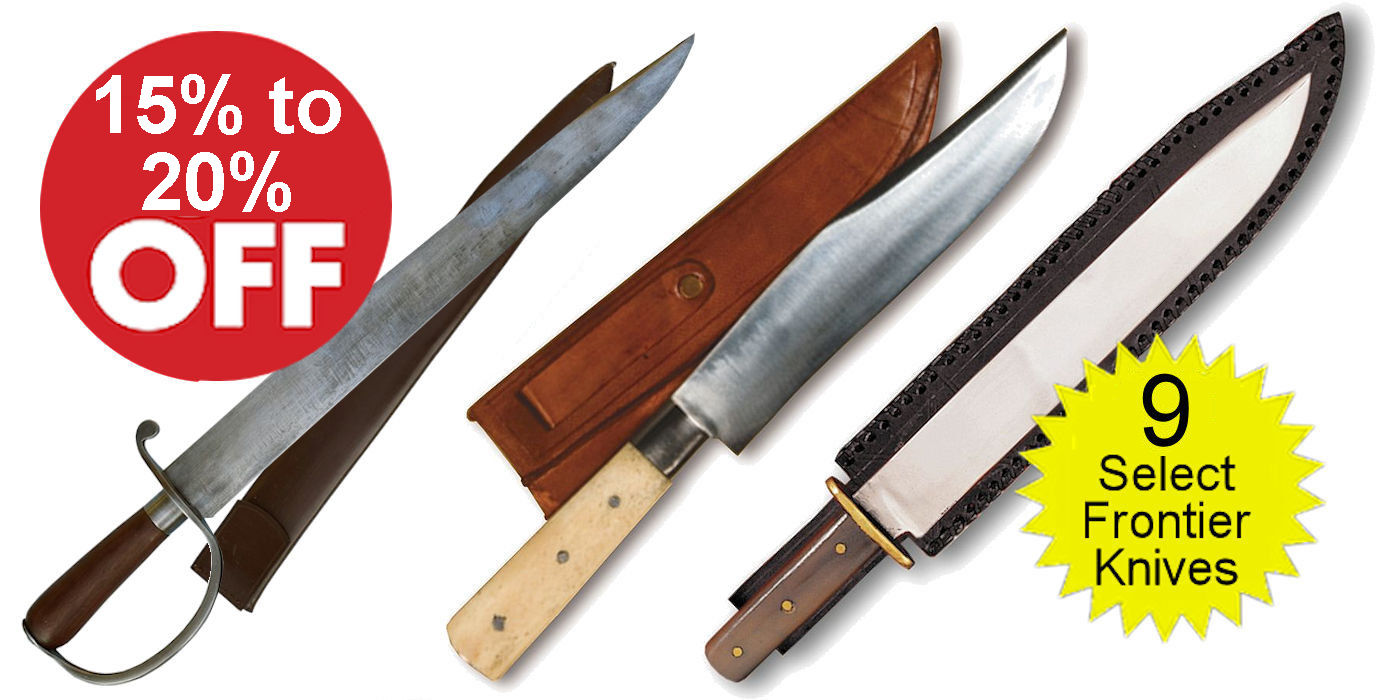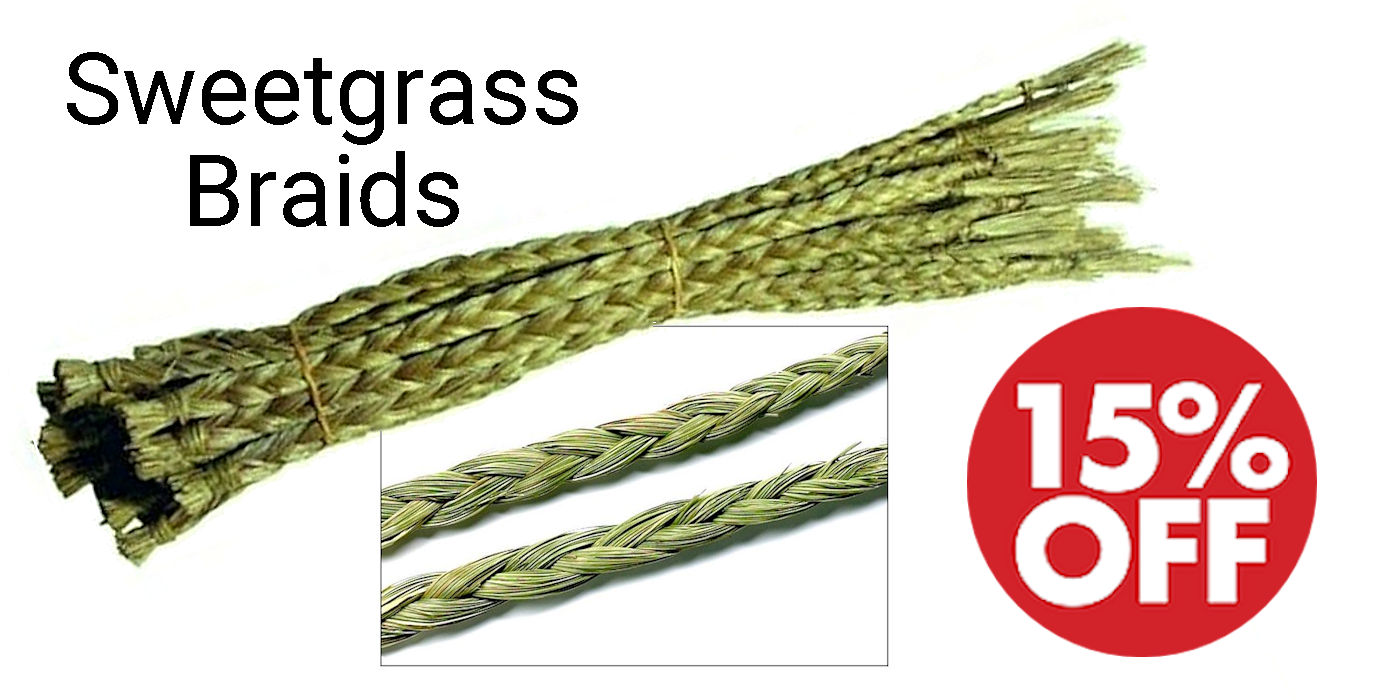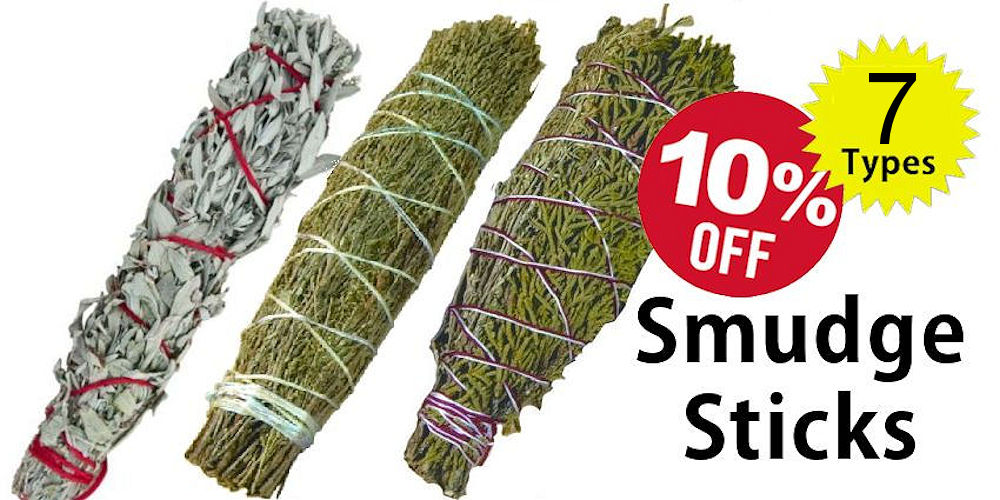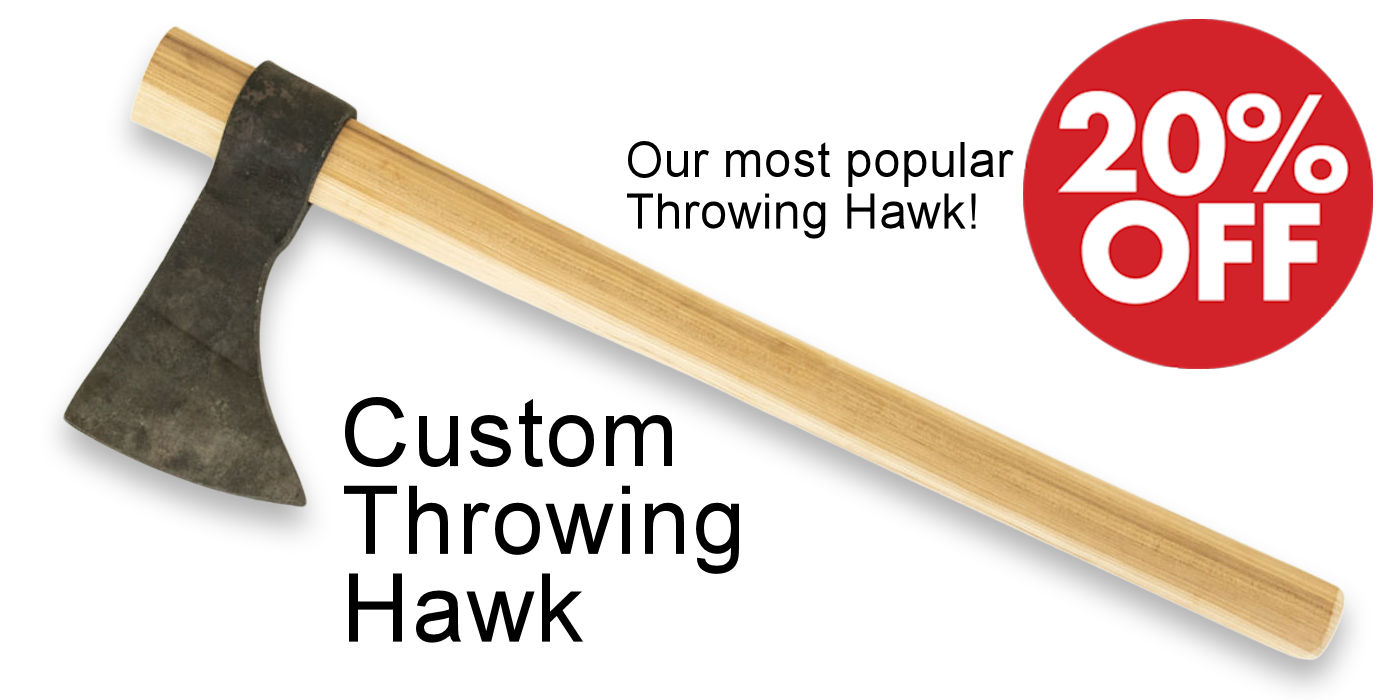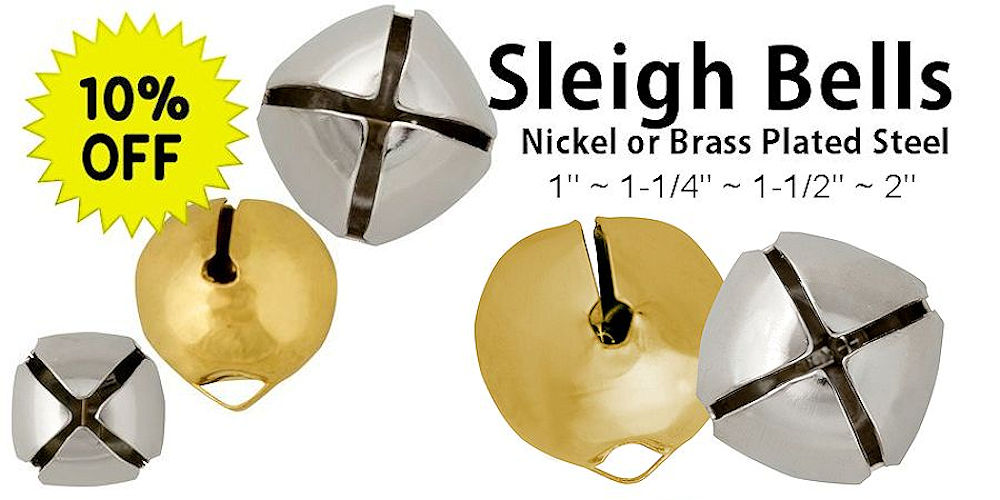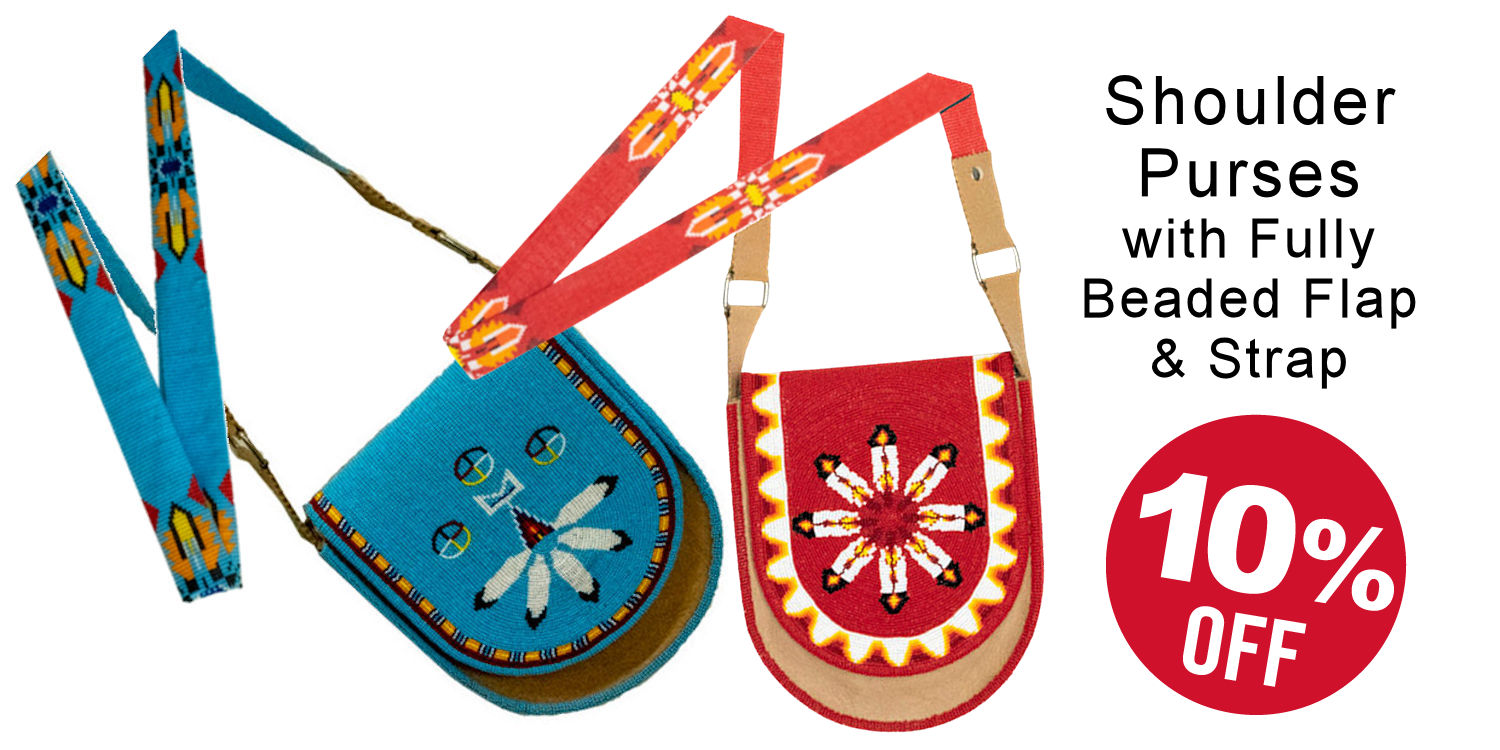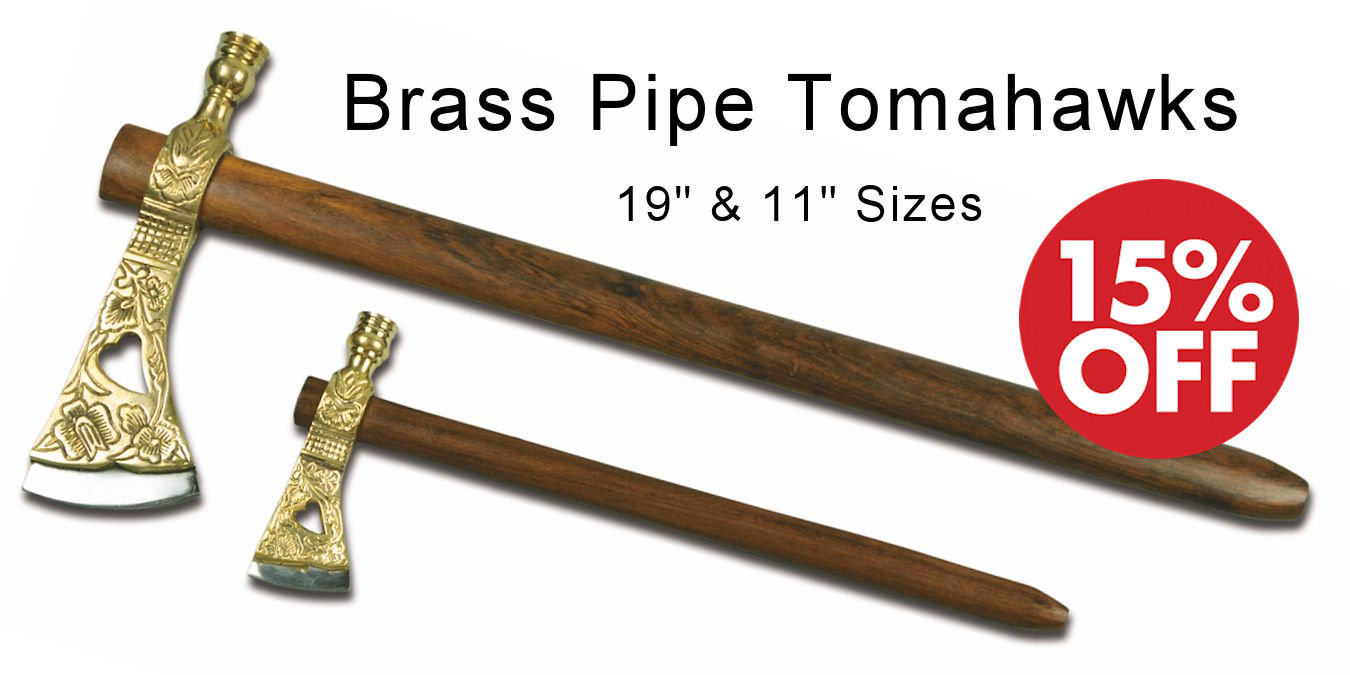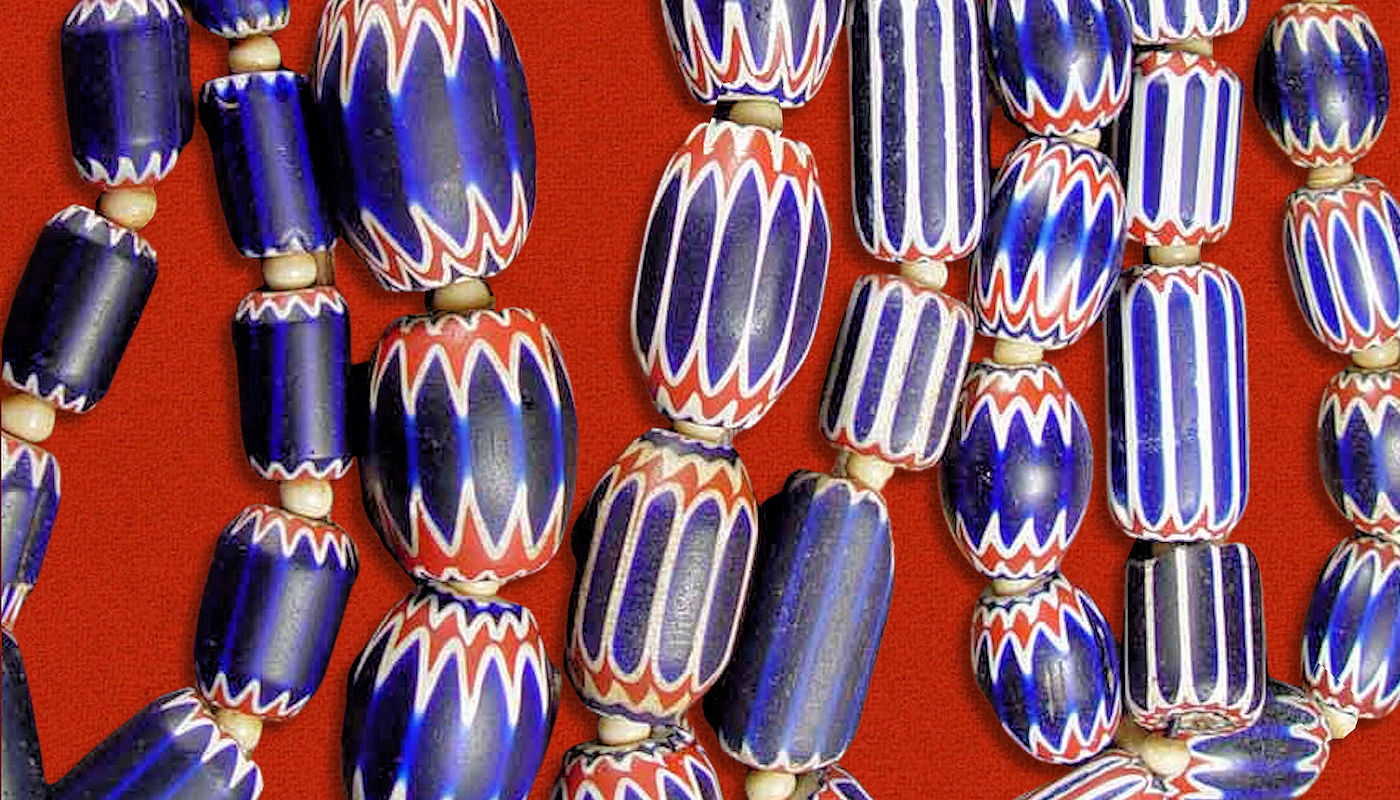

A History of Chevron Beads
AKA Rosetta or Star Beads
August 15, 2023 | Credit Above Photo: Thomas Stricker, Prescott Bead Museum & Trading Post
A History of Chevron Beads
AKA Rosetta or Star Beads
August 15, 2023 | Credit Above Photo: Thomas Stricker, Prescott Bead Museum & Trading Post
Chevron beads are special glass beads; the first specimens of this type were created by glass bead makers in Venice and Murano, Italy, toward the end of the 15th century. The first examples were invented by the Venetian glass artist, Angelo Barovier. Both his daughter, Marietta and her brother, Giovanni continued his work after they inherited their family’s glass workshop. Chevron beads may also be referred to as rosetta, or star beads. The term rosetta first appeared in the inventory of the Barovier Glass works in Murano, in 1469, in context with beads as well as with other glass objects.
Venetian chevron beads are drawn beads, made from glass canes, which are shaped using specifically constructed star moulds. The first chevron beads were made towards the end of the 15th century, consisting of 7 layers of alternating colours. They usually have 6 facets. Unlike their later counterparts, they were not always made with the standard 12-point star mould. By the beginning of the 20th century, 4 and 6-layer chevron beads appear on various sample cards. According to records kept at the Societa Veneziana Conterie of Murano, they stopped making chevron canes during the 1950s. Chevron beads are still being made in Venice today, albeit in very small quantities.
Making Chevron Beads
Chevron beads can be composed of a varied number of consecutive layers of colored glasses. The initial core is formed from a molten ball of glass (called a “gather”) that was melted in a furnace. If the glassworker is making beads, an air bubble is blown into the center of the gather via a blowpipe, thus creating an opening, the future bead’s perforation. When making solid multilayered cane intended to be used for decorating millefiori beads, no air bubble is inserted. The gather (with the air bubble in its center) is plunged into a star-shaped mould, which can have anywhere between five and fifteen points. Several layers of glass can be applied, returning to the mould as desired, to create either a star-shaped or smooth effect for each layer.
After all layers have been applied, metal plates are affixed to the still hot glass, which is “drawn” or stretched out into a long rod, called a “cane”, by pulling from both ends in opposite directions. The bubble at the center of the gather stretches with the cane and forms the hole in the bead, i.e. the bead’s perforation. The diameter of the cane, and therefore of the resulting beads, is determined by the amount of glass in the original gather and also by how thinly the glass is drawn out. The cooled glass cane is cut into short segments which reveal a star pattern in cross-section. The segments may be beveled or ground, to reveal the characteristic chevron pattern from which the English name is derived. The chevron pattern becomes apparent after the beads’ ends have been ground. Only rosetta/star beads with ground ends (either faceted, rounded, or chamfered), and with their inner layers exposed, are “chevron” beads. All star beads with flat ends are more aptly termed rosetta/star beads.
Canes
Your Content Goes Here
Chevron Beads from Venice & Murano
Most of the Venetian chevron beads made for export to West Africa and to the Americas have layers in red, blue, and white. A smaller number of chevron beads were produced with other colors such as green, black and yellow. Venetian chevron beads have been traded throughout the world, most heavily in West Africa, where they were first introduced by Dutch merchants in the late 15th century. Some very small sized 7 layer Venetian chevron beads, also made during the late 15th century, are found exclusively in the Americas, mainly in Peru, and attributed to having been introduced by Christopher Columbus. Chevron beads are very popular collectors’ items and they are still highly valued in present-day West Africa, where they continue to be worn for prestige and ceremonial purposes, and occasionally buried with the dead. In addition to Italy, today chevron and rosetta/star beads are manufactured in India, China and the United States.
Murano Glassmaking & Glass Bead Manufacturing
Murano’s reputation as a center for glassmaking was born when the Venetian Republic, fearing fire and the destruction of the city’s mostly wooden buildings, ordered glassmakers to move their furnaces to Murano in 1291. Murano glass is still associated with Venetian glass.
Murano’s glassmakers were soon numbered among the island’s most prominent citizens. By the fourteenth century, glassmakers were allowed to wear swords, enjoyed immunity from prosecution by the Venetian state and found their daughters married into Venice’s most affluent families. While benefiting from certain statutory privileges, glassmakers were forbidden to leave the Republic. However, many of them took the risks associated with migration and established glass furnaces in surrounding cities and farther afield — sometimes in England and the Netherlands.[3]
Murano Glassmaking Monopoly
Your Content Goes Here
Venice kept protecting the secret of the production of glass and of crystal but, notwithstanding it, the Republic partially lost its monopoly at the end of the sixteenth century, because of some glass makers who let the secret be known in many European countries.
Today, Murano is home to the Museo del Vetro or Murano Glass Museum in the Palazzo Giustinian, which holds displays on the history of glassmaking as well as glass samples ranging from Egyptian times through the present day.[4]
Some of the companies that own historical glass factories in Murano are among the most important brands of glass in the world. These companies include Venini, Alessandro Mandruzzato Ferro Murano, Barovier & Toso, Simone Cenedese [1] and Seguso. To protect the original Murano Glass art from foreign markets, the most famous Glass Factories of this island have a trademark that certifies glass made products on the island of Murano.
The oldest Murano glass factory that is still active today is that of Pauly & C. – Compagnia Venezia Murano, founded in 1866.
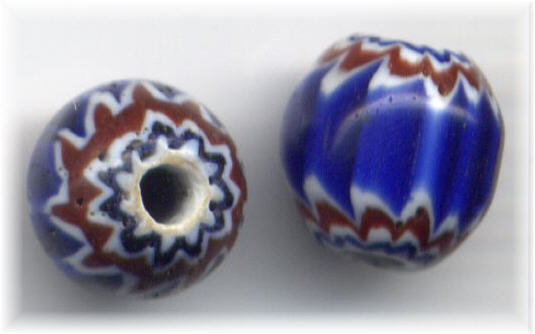
Chevron Beads from India
When the bead making industries in India began making chevron beads during the 1980s, the star beads made in Purdalpur, one of the glass bead making centers, were made without the use of a mould, from prepared sections of hot strips of glass that were fused together to form a cane. Because of this method of manufacture, the points of the stars of these beads typically have slight indentations.
Photo Credit: User:EvelynS en.wiki | CC BY-SA 3.0, via Wikimedia Commons
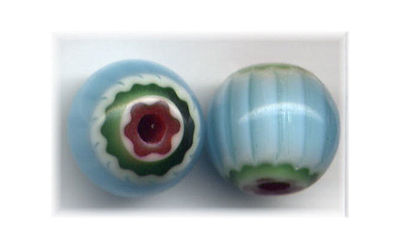
Chevron Beads from China
Chinese chevron beads are made from moulded star canes like Venetian chevron beads. They have well-formed star patterns and imitate Venetian beads. The best-known contemporary chevron bead makers are the chevron pioneer Art Seymour, from the United States, who has made chevron beads consisting of up to 19 layers, and Luigi Cattelan, from Murano, Italy. Chevron and rosetta/star beads can now be found in many different color combinations.
Photo Credit: User:EvelynS en.wiki | CC BY-SA 3.0, via Wikimedia Commons
Resources
- 1
- 2
- 3
- 4“Murano. The island of glass”. Venice Wine Tour. 25 July 2014. Archived from the original on 29 March 2016. Retrieved 16 February 2019.
Select 18th-19th Century Historic Reenactor, Rendezvous, Shooter & Camp Products from Crazy Crow
Whatever your historic reenactor needs (other than guns), Crazy Crow Trading Post has it! As the largest supplier of Native American Indian crafts and craft supplies (which are what rendezvous-lovers use as well) we have everything for all types of mountain man clothes and gear. From head to foot, we can outfit you (or help you make your own) to get you ready for your first (or fifty-first) mountain man rendezvous or black powder shooting event. We also supply French & Indian War, American Revolutionary War, War of 1812, and American Civil War reenactors as well.
18th & 19th Century American Historic Reenactor & Rendezvous Camp Central: We’re also your historic reenactor, rendezvous & primitive camping supply center too. From cast iron firetools and cookware to wedge tents and a great selection of personal gear, we’ll have everything to make your stay at the French & Indian War, Revolutionary War, War of 1812, rendezvous, buckskinner, voyageur, Civil War or just your own primitive camping more authentic and enjoyable.
Rendezvous & Historic Reenactment Articles
Rendezvous & Historic Reenactment Resources
Current Crow Calls Sale
September – October
SAVE 10%-25% on popular powwow, rendezvous, historic reenactor, bead & leather crafter supplies. on Green River Knives, Custom Throwing Hawk (our most popular), select handmade frontier knives & a wide range of camping supplies (cookware, utensils, firetools, etc.). Other sale items include Size 5 & 8 Czech Pony Beads, Nickel & Brass Plated Bells, Sweetgrass Braids, Smudge Sticks, Southwest Style Tote & other type bags, big savings on #2 German Tan Buckskin, and much more.

